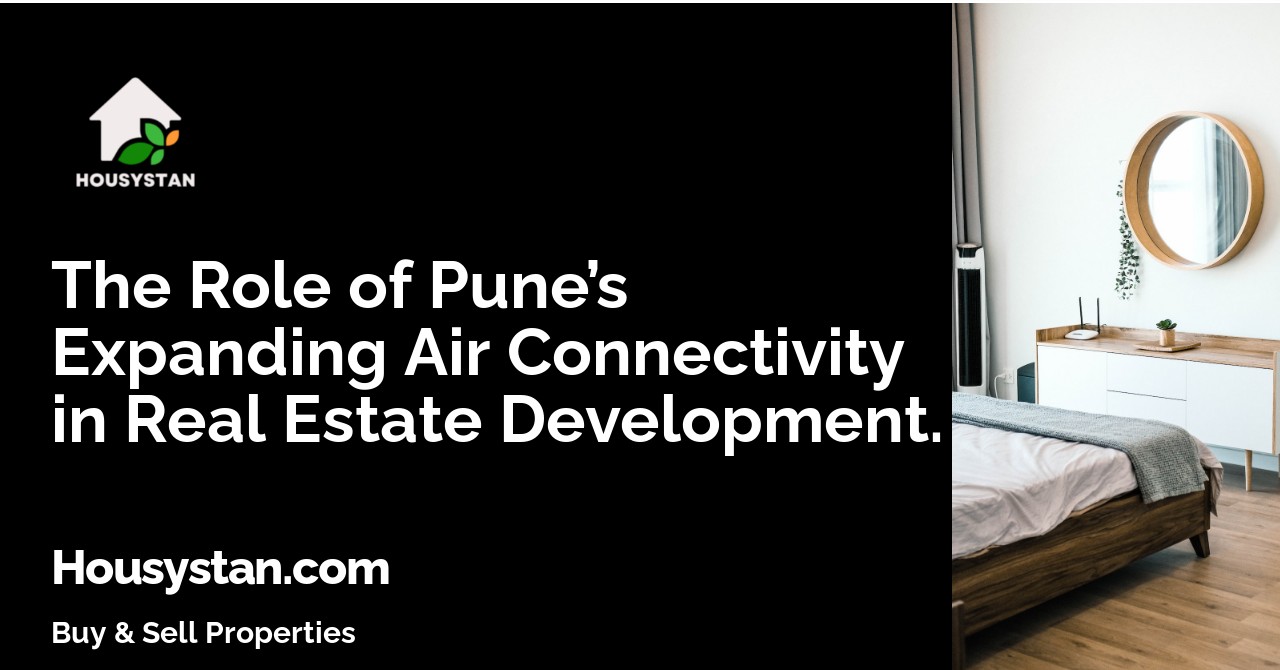The Role of Pune’s Expanding Air Connectivity in Real Estate Development
Read latest blogs and articles from Housystan

The Information mentioned here was last updated on:
14/12/2025Pune, a thriving metropolis in Maharashtra, has witnessed remarkable growth owing to its strategic location and dynamic economy. Over the past decade, the city’s air connectivity has seen significant improvements, directly influencing the local real estate landscape. As Pune International Airport expands and the proposed Purandar Airport moves closer to reality, developers, investors, and homebuyers are increasingly drawn to the city’s promising property market.
Enhanced flight options and direct connections to major Indian cities such as Delhi, Mumbai, Bangalore, and Hyderabad, as well as international destinations in the Middle East and Southeast Asia, have made Pune a key hub for both business and leisure travel. These advancements in aviation infrastructure not only support the city’s IT and manufacturing sectors but also boost tourism and attract multinational corporations seeking regional headquarters. Improved accessibility has made Pune more attractive for professionals and families considering relocation, fueling demand for residential and commercial spaces in localities surrounding the airport and along major arterial roads.
Neighborhoods like Viman Nagar, Kharadi, Wagholi, and Lohegaon have emerged as hotspots for real estate investment, benefiting from proximity to the airport and ease of commuting. Developers are responding by launching premium residential projects, co-working spaces, and retail centers designed to serve a growing, cosmopolitan population. Increased air traffic has also encouraged the development of hospitality ventures, including luxury hotels and serviced apartments catering to business travelers and tourists alike.
- Verified Tenants/Buyers
- Unlimited Property Listing
- Zero subscription/charges fee
With the upcoming Purandar Airport expected to handle a larger volume of passengers and cargo, new growth corridors are likely to emerge in Pune’s southern and eastern zones. This anticipated shift will create fresh opportunities for land acquisition and infrastructure upgrades, further enhancing the city’s connectivity and livability. Investors monitoring these trends can expect long-term value appreciation, while end-users benefit from modern amenities and seamless connectivity.
Pune’s expanding air network is thus a catalyst for sustained real estate development, positioning the city as a preferred destination for investment and lifestyle. By leveraging improved transportation links, Pune continues to attract a diverse population, driving robust growth across its real estate sector and cementing its status as a leading urban center in western India.